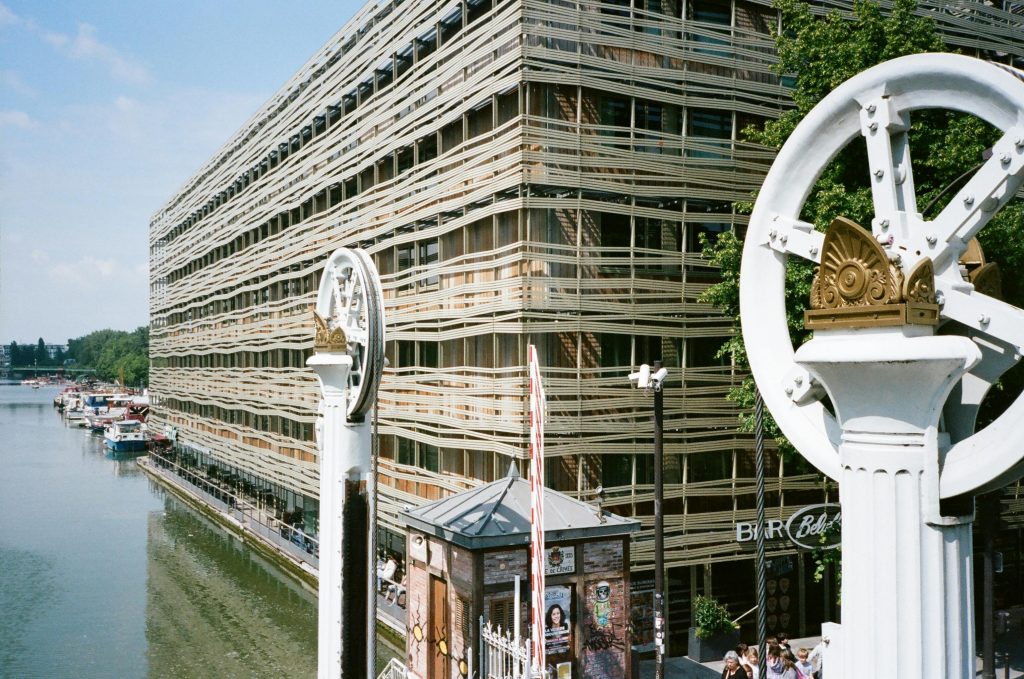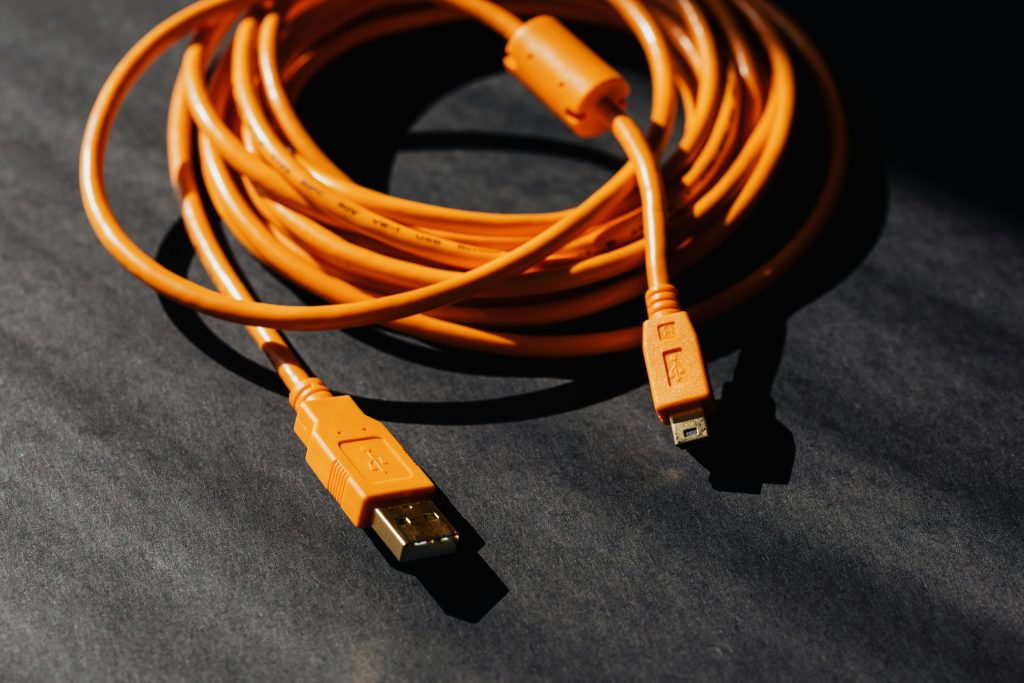Troubleshooting a “Non-System Disk” Error on Your Desktop
Are you facing a vexing issue with your desktop computer? If you’ve encountered the dreaded “Non-System Disk” error message, you’re not alone. This frustrating problem can leave many users feeling perplexed and unsure of how to proceed.
Recently, one user reached out for assistance after their desktop started displaying the “Non-System Disk” alert. After unplugging the device and restarting, another message briefly flashed on the screen, but then it reverted back to the original error.
If you find yourself in a similar situation, you might be wondering if this is something you can resolve easily or if professional help is needed. In this guide, we will explore some potential solutions that may help you get your computer back to normal without too much trouble.
What Does “Non-System Disk” Mean?
The “Non-System Disk” message typically indicates that your computer is unable to locate a bootable operating system on your hard drive. This could be due to several reasons, including:
- The computer is trying to boot from the wrong drive.
- There are issues with the hard drive itself.
- Connections or cables may be loose or damaged.
Initial Steps to Take
-
Check the Boot Order: Restart your computer and access the BIOS/UEFI settings (usually by pressing a key such as F2, F10, or Delete during startup). Ensure that your primary hard drive is set as the first boot device.
-
Inspect Physical Connections: Open the desktop case (if you feel comfortable doing so) and check all data and power connections to your hard drive. Sometimes, cables can become loose or disconnected.
-
Test the Hard Drive: If the issue persists, you may want to run a hard drive diagnostic. Some systems have built-in tools, while others may require third-party software.
-
Safe Mode: Attempt to boot into Safe Mode. This can sometimes bypass certain issues that prevent your OS from loading.
When to Seek Professional Help
If you’ve tried these initial troubleshooting steps and the problem remains unresolved, it might be time to consult with a professional technician. They can provide a more in-depth analysis and determine if there are hardware failures that need to be addressed.
While facing a “Non-System Disk” message can be frustrating, it’s often manageable with a little patience and the right approach. Don’t hesitate to reach out for support if needed, and good luck getting your
Share this content:




Hi there,
Dealing with a “Non-System Disk” error can certainly be frustrating, but usually it’s something you can troubleshoot step-by-step. Here are some additional tips that might help:
chkdsk /f /r C:andbootrec /fixmbrandbootrec /fixboot